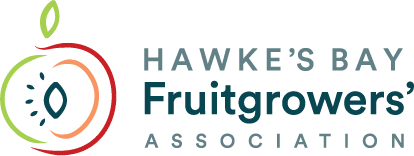NZAPI Newsletter – May
The promise of an excellent harvest has well and truly been exceeded, with one of the best years on record for New Zealand’s apple and pear industry. National harvest began in February with early varieties, including Royal Gala coming off the tree is excellent condition, with the last of the late season fruit heading to the packhouse as we speak. Packhouses themselves are a hive of activity up and down the country. The exceptional quality and fruit size from this year’s harvest has the potential to push the industry to exceed the billion-dollar revenue from last year, and has brought a real sense of optimism to the sector.
For the first time in many years, certainly since pre-COVID, everything aligned to set the stage for a remarkable year. Textbook winter and spring conditions were nothing short of ideal, particularly for our North Island regions of Hawke’s Bay and Tairāwhiti; and while Tasman and Central Otago have faced a handful of – mostly weather-related – challenges, the overall crop remains excellent. In February, we estimated the national crop would likely come in at 21.0 million TCE (Tray Carton Equivalents). This was a significant increase of 10 per cent on the 2024 crop of 19.1 million TCE and a jump of 21% increase from the 2023 crop of 17.4 million TCE.
Judging on the crop coming through our nation’s packhouses now, we feel comfortable with the increase. This growth is a testament to the hard work and dedication of our growers, who have consistently strived to produce the best quality fruit. This year’s harvest has exceptional colour, eating quality, and flavour. It is incredibly clean and the storability will be as good as ever. The first shipments of this season’s fruit are already in markets overseas, and the response has been overwhelmingly positive. Demand in key export markets remains robust, with consumers consistently returning for New Zealand fruit.
As the picking season nears completion, there is confidence that this year’s crop will continue to meet and exceed the expectations of international customers. Looking ahead, while this season brings with it a real sense of optimism, it is a bounce back, not a leap forward. Sector growth and success remains reliant on getting the conditions right, and there are undoubtedly potential headwinds on the horizon. At NZAPI, our key strategic focus is ensuring the right levers are activated to deliver maximum grower return. Upholding the high standards that have made New Zealand apples and pears a preferred choice for consumers around the world, will become increasingly difficult if growers do not have access to efficient water takes and working capital, effective agrichemicals, confidence and commitment to the industry’s vital RSE scheme and sustainable, research-based solutions.
Market access and the confidence of global markets must also be carefully managed to allow trade to be conducted efficiently. NZAPI continues to advocate for our industry, ensuring these needs and priorities are heard loud and clear. However, it must be said, that when a season like this comes along, one so spectacular that the fruit looks like bright red Christmas baubles on a tree, it makes the task that much easier. This year’s harvest is a testament to industry resilient. It showcases how grower dedication is amply rewarded when the seasons align, and when that happens, New Zealand’s pipfruit industry truly lives up to its reputation as a world leader.


